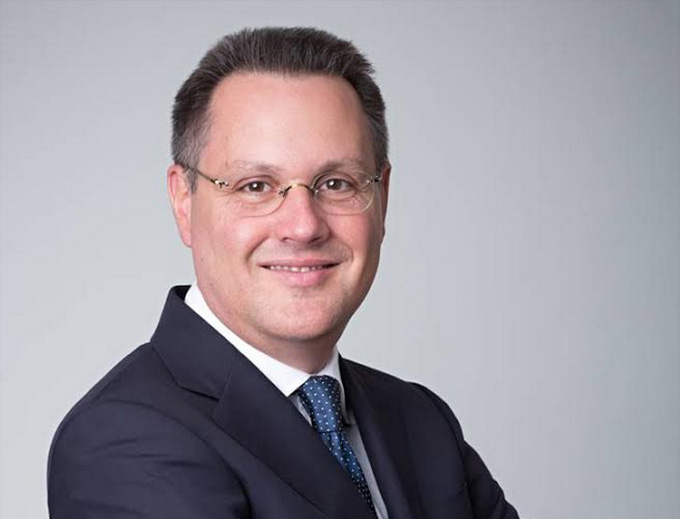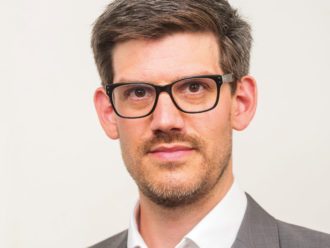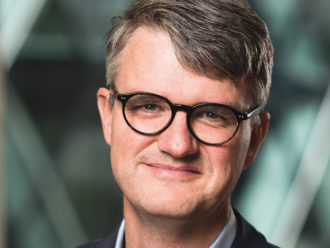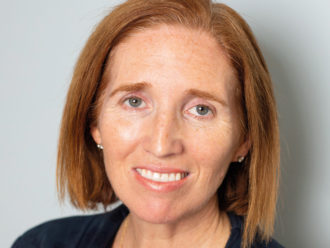European Organisation for Nuclear Research (CERN) Pension Fund CEO and CIO Theodore Economou talks to Chris Panteli about the creation of the fund’s groundbreaking investment approach.
“Having such a brilliant board as we do at CERN is difficult in a way, because you really do get challenged very thoroughly on risk models, control loops and such things.”
Theodore Economou
Tell me about how the CERN pension scheme looked prior to the introduction of your modelThe fund had a very traditional approach which had succeeded over its life, meeting the return target from 1955 up to and including 2008 it had met its return target. The challenge, when 2008 came, was more of a communication issue in the sense that the underlying weaknesses of the 60/40 model and the established approach had never really been communicated to the sponsor. So 2008 came as a shock and there had already been some discomfort growing prior to 2008 because of the risk being taken in the plan. A new board and investment committee had been put in place in 2007, so when 2008 came there was a real backlash because the new board found itself with a legacy approach it was not comfortable with and had delivered results which did not match the board’s or the sponsor’s expectations. This is when I was called in with a mandate to make sure something like that never happened again.
How did you go about that?The logical conclusion was to go back to the board and say, ‘look, if you don’t want it to happen again we need to turn the traditional model and start with what is acceptable to you in terms of risk. If we can do that we can establish an investment process where we will start with a risk constraint and new kind of relationship between staff and board where you will give us a constraint for overall risk, but in order for the model to function, that must be the only overriding constraint. You must leave freedom to the staff to deploy the risk budget in the most efficient fashion. That’s what gave impetus to the model.
Were there other options?Yes we obviously looked at all approaches, but quickly – and based on my experience – established that such risk-driven approaches came primarily from the alternative investment world, where there were really sophisticated risk management in place. We surveyed the state of the art in terms of investment governance practices, risk management processes and actually held a series of special seminars with the board where we brought in consultants, alternative investment managers – I don’t like using the term hedge fund because it can mean anything and everything – including Millenium, Bluecrest and Bridgewater, and other pension funds that had adopted advanced risk management models such as the pension fund for the Institute for Advanced study at Princeton, all the way to the Canada Pension Plan. We shared all that with the board to show them best practices and then offered our take on a mix of the best practices that would fit the situation of the Cern pension fund specifically. What was lacking was an accepted model to implement a risk-based approach at the pension fund.
What exactly does the CERN model look like?We quickly identified that we had to develop two elements of what came to be called the CERN model. One was the investment governance model and the second one would be the risk management model, and it is with these two prongs where I believe we innovated. The first one – which had also been the biggest obstacle to deploying a risk-based approach, was the need for very strong control by the board of the investments. Previously, that strong control had translated into a very static model. The board meets, establishes a strategic asset allocation, the portfolio gets amended and it doesn’t change until the board meets again. It could be three years before changes were made. So that interpretation of strong control was perceived as an obstacle to a risk-driven approach, because such an approach requires you to stick to a certain risk profile and the market around you changes every day. You need to be flexible to manage the risk and find those opportunities where you can get most bang for your buck in terms of return for the level of risk you’re taking. Within the risk constraint, the staff have full freedom to manage the assets. We also established a risk-based control loop, which is independent of the CIO. That took the form appointing a risk consultant [Ortec] and giving them the full look-through on assets on a daily basis, agreeing risk evaluation models which would be applied to allow continuous reporting to the board regarding the risks being taken and the returns achieved. This frees the CIO from the straightjacket of the strategic asset allocation. We threw it out the window, but we still conduct a once-a- year exercise asking, based on what we know today, what the optimal allocation would be. We look at this as a reference, but it’s not binding.





Comments